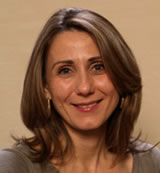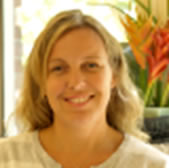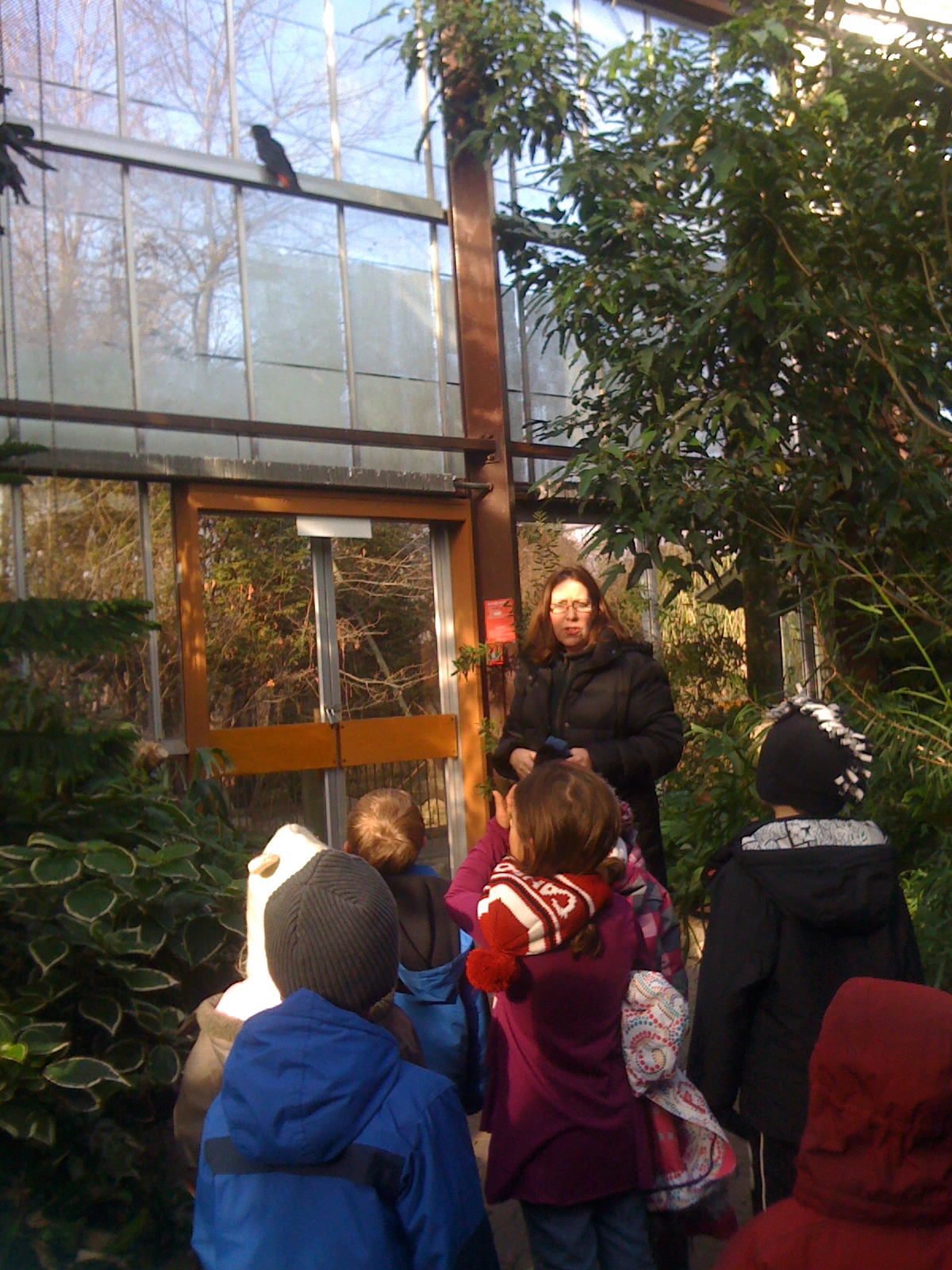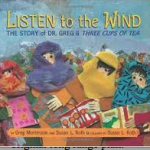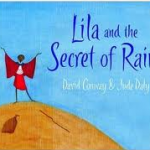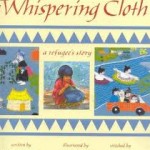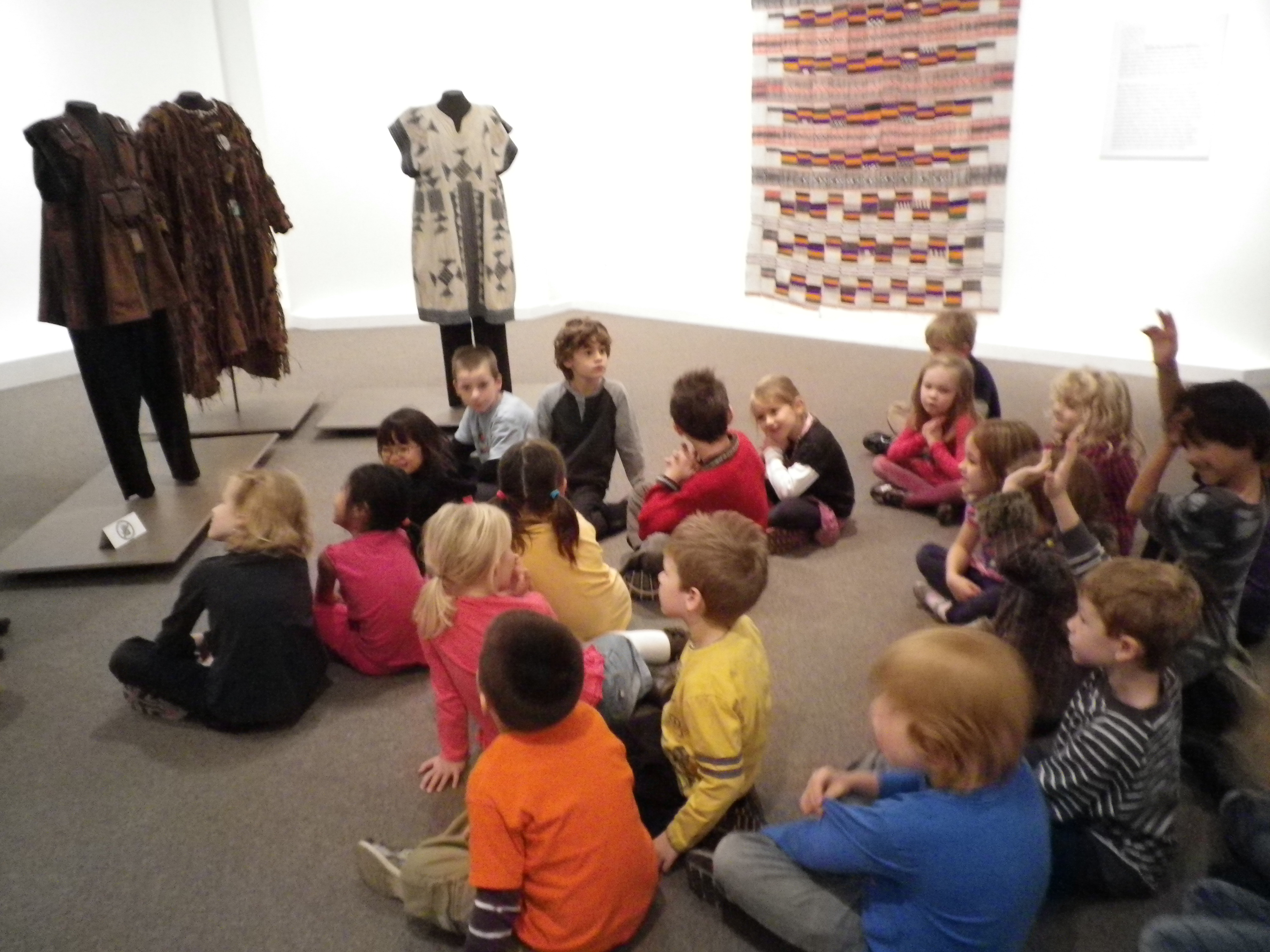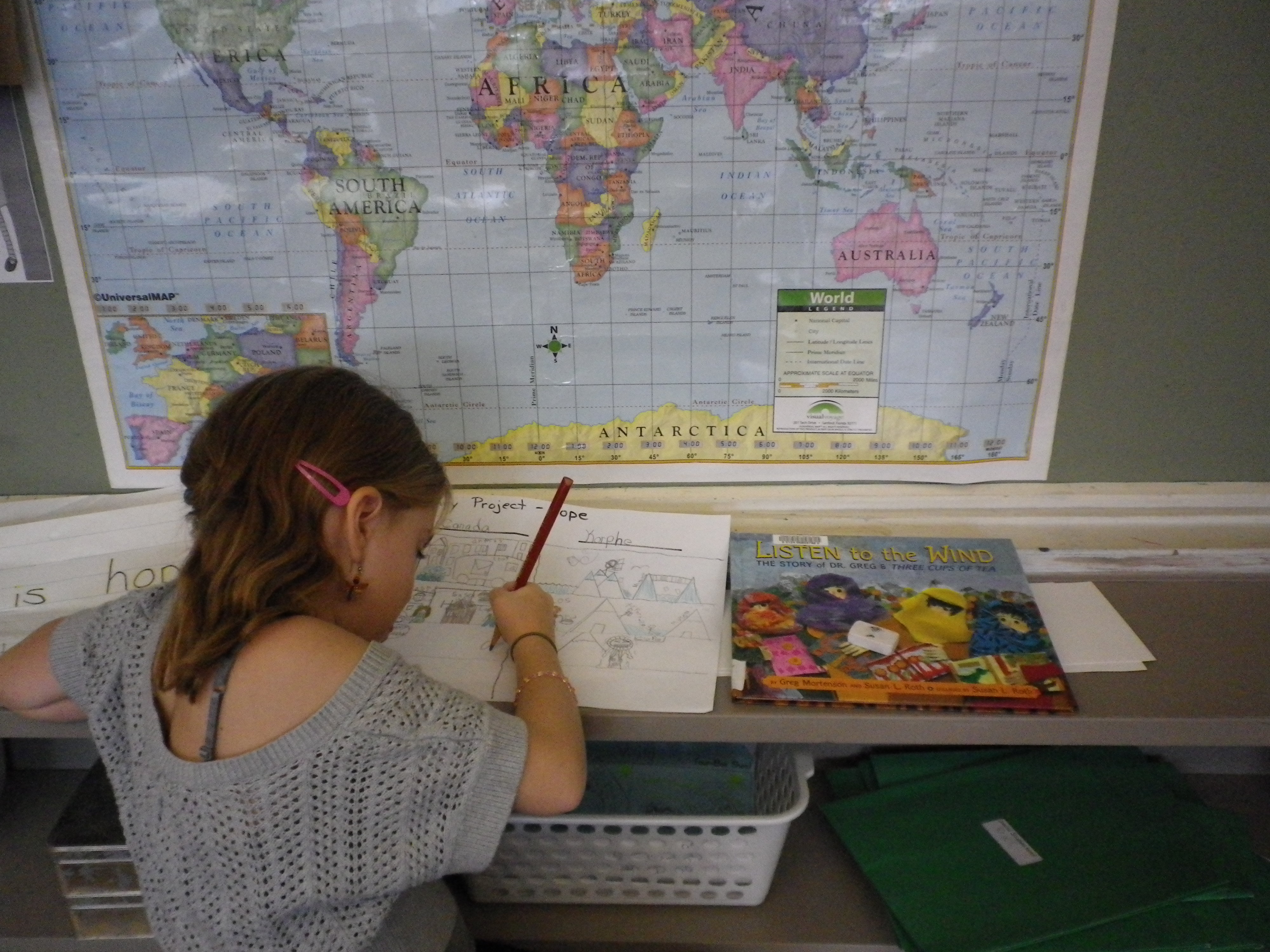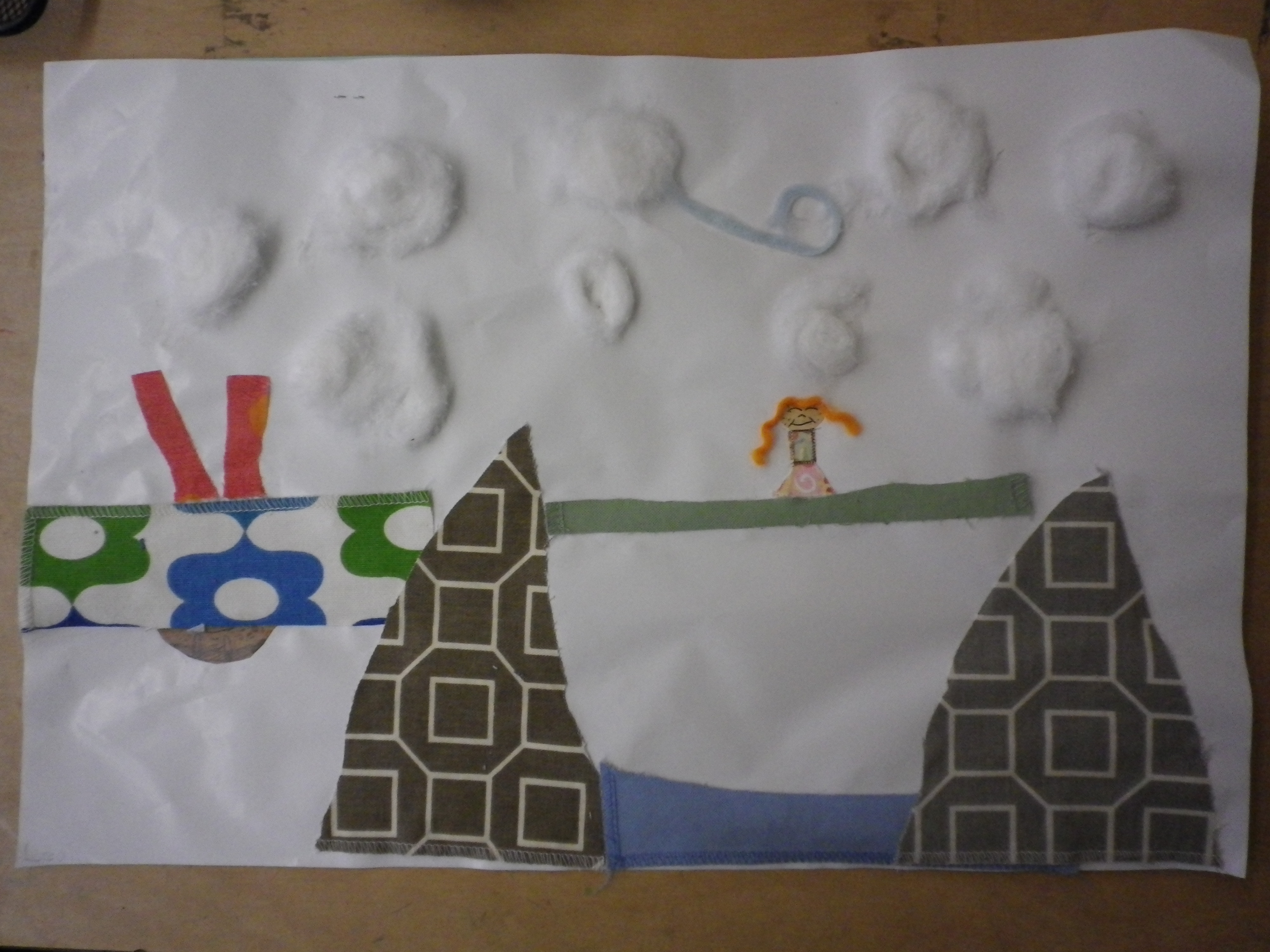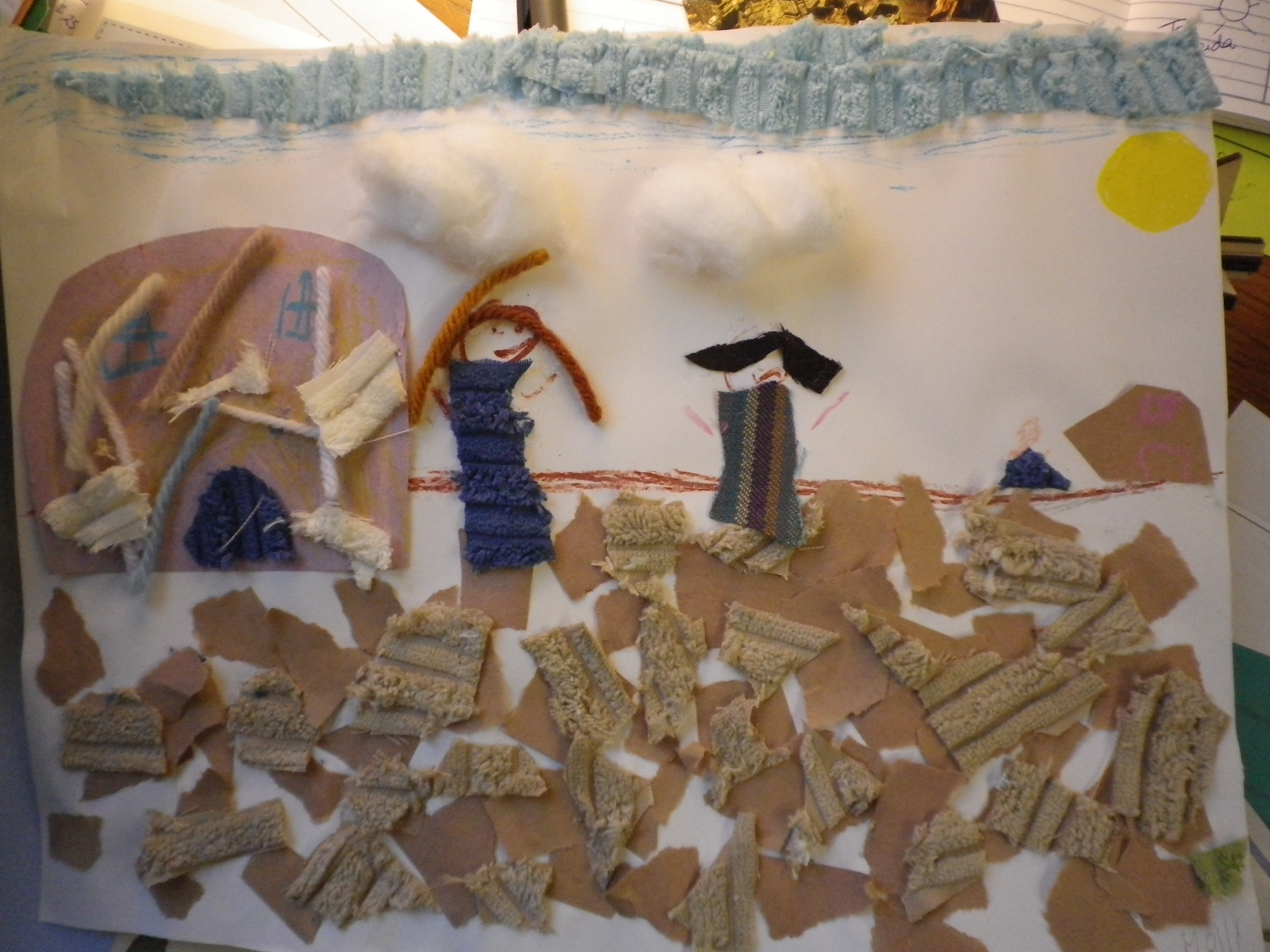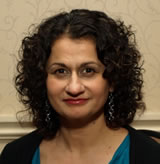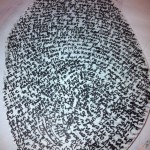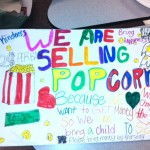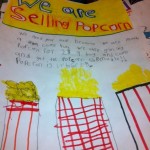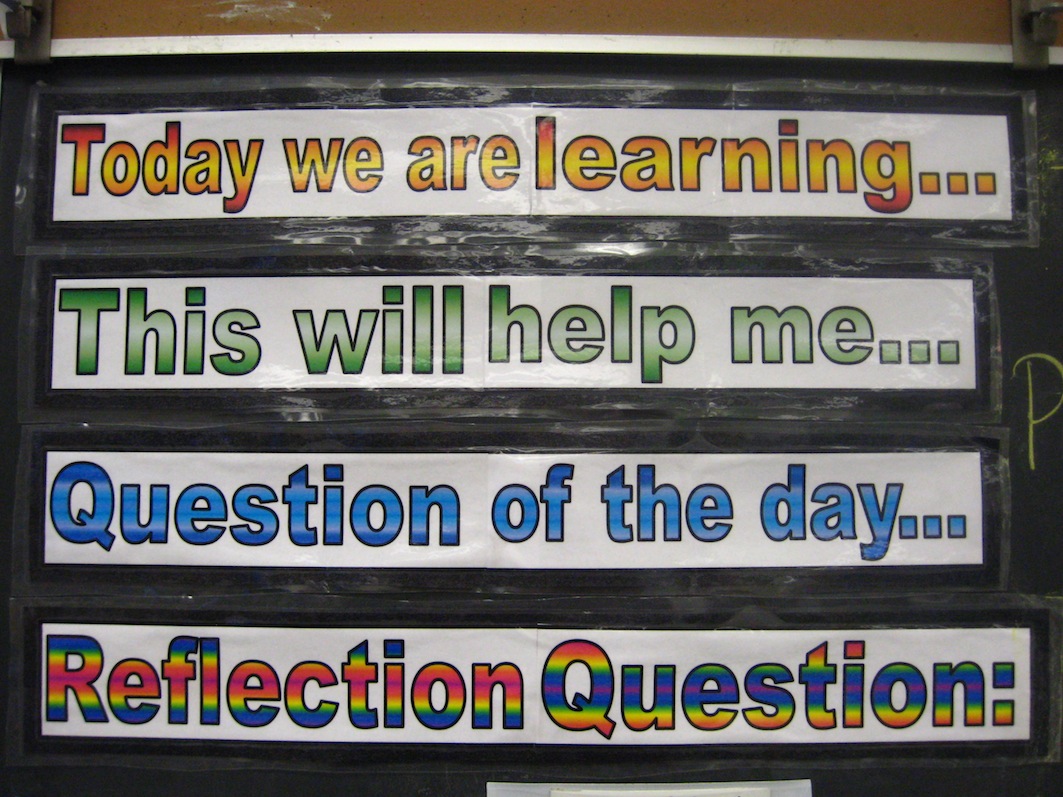In the first chapter of The Heart and Art of Teaching and Learning, four themes of success were shared. These themes were compiled from teachers’ stories about what contributes to their success in the classroom. I had the opportunity to observe one of those themes, the passion for teaching, first hand when I watched my teacher candidate bring a plants and soils unit to life for my third grade students. Eve is passionate about environmental education, stewardship and education for sustainability. I encouraged her to bring her excitement, background knowledge, and experiences into our classroom. And did she ever! It’s spring and Eve made sure to make the most of the mild March weather. The days are longer, warmer and colour is starting to dot our landscapes. It is a perfect time to get reacquainted with the outdoor classroom. However, as Eve effectively demonstrated, outdoor classroom expectations must be established before learning can occur. Eve reminded me of three important tips to consider before taking students outdoors to learn:
Tip #1- Establish classroom boundaries– Mark out the boundaries of your outdoor classroom with visible landmarks. For example, you might say, you are not to go beyond those three oak trees in the field and you must stay on this side of the soccer field. Hold out your arm and trace the area of the outdoor classroom with your finger. Make sure that your students are able to tell you what the outdoor classroom boundaries are before you start an activity.
Tip #2- Establish a meeting place where students know to return to when it is time to regroup. Our students knew to meet in front of the playscape in our schoolyard.
Tip #3- Establish a signal for regrouping- Eve chose the signal, “chicadee-dee-dee.” Students knew that when they heard the “chickadee-dee-dee” call, it was time to stop what they were doing and regroup at our predetermined meeting place.
There were many times during her four-week practicum when the students were a tad loud, silly, and full of energy. At times like these some of us may decide to take away a planned outdoor activity as a consequence for unsettled behavior, but not Eve. Committed to her beliefs about teaching and learning, Eve would argue that if students seem unsettled inside, it is the perfect time to continue the learning in our “outdoor classroom” and she was right! Engagement rose to a new level each time we took the students outside to learn. Some of these outdoor activities included making mud bricks out of soil, water and wood chips, measuring the diameter of tree trunks for the fabric tree banners students created to wrap around our school’s trees, and digging dirt to explore the different types of soil in our school yard.
Eve believes that, “We must show students not what they can take from the land, but what they can learn from it.” I believe she did an extraordinary job establishing this enduring understanding in our class.
If you are interested in outdoor education and environmental education these resources may be of interest to you:
The link included below is an article that talks about how students’ capacity to learn increases when they are taken outside. This article notes how nature can help children pay attention, motivate them to learn and improve classroom behaviour and scores on standardized tests.
http://www.childrenandnature.org/blog/2010/10/07/outdoor-education-and-play-benefit-all-education/
You may want to visit the website for The Council of Outdoor Educators of Ontario. They are hosting a conference in September!
Ministry Resources-
http://www.edu.gov.on.ca/eng/teachers/enviroed/publications.html
Shaping Our Future, Shaping Our Schools: Environmental Education in Ontario Schools

